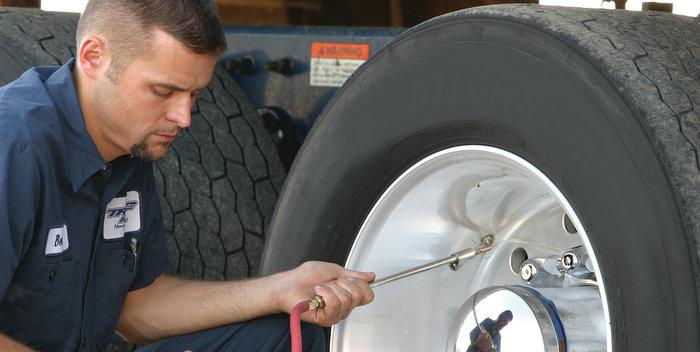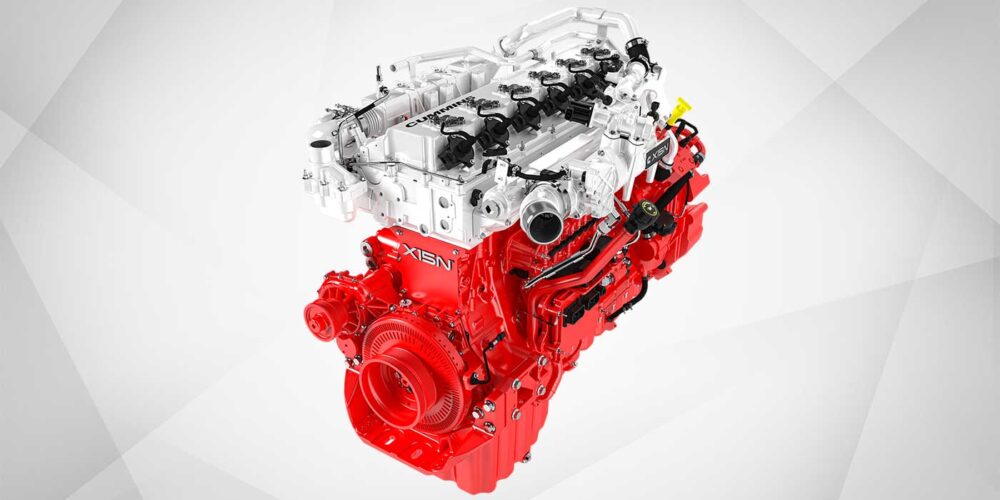Tires continue to be one of the top expenditures for commercial trucking fleets. A successful, well thought through tire program can drop many thousands of dollars per year directly to a fleet company’s bottom line. A tire program, however, is not as simple as purchasing the lowest priced new tire and retread. Tire performance is typically measured as cost/mile and miles/32-in. of tread rubber. In many situations, the tire with the highest initial purchase price may have the best treadwear measured in miles/32-in., which will lead to a better return on investment. Tires also have a significant impact on fuel economy. In some scenarios, there is a tradeoff to maximizing removal mileage versus maximizing vehicle fuel economy. Over the years, tire companies have developed technologies that now minimize this tradeoff.
Some of the considerations when designing a fleet tire program include:
- Tire make/model for each wheel position;
- Target removal tread depth;
- Fuel economy;
- Retreadable casing (number of retreads/casing);
- Retread design including compound and tread depth;
- Tire rotation (i.e. running steer or drive tires back on trailer position);
- Tire removal miles; and
- Traction and stopping distance.
Tire companies offer a wide range of products to consider. Just because a specific tire runs well with excellent mileage and fuel economy at the fleet down the street, does not guarantee the same performance at your fleet. Tire performance is affected by specific service vocation, routes, loads, vehicle make/model, maintaining proper tire pressure and of course the driver. This is why every fleet must run their own internal field evaluation to determine the most appropriate tire make/model. In most cases, improving vehicle fuel economy even 1 or 2% outweighs any potential loss in tire removal mileage.
Running tires that are underinflated will negate the advantage of purchasing fuel efficient tires.
Retreading is a major component of any successful tire program. A retread is approximately one-third to one-half the cost of a new tire so it pays to keep that casing in excellent condition. A tire casing becomes a valuable asset. Running tires down to the legal limits of 4/32-in. tread depth for steer tires and 2/32-in. for the other wheel positions will make the casing more prone to cuts and stone drilling. Tire programs typically target in the 6/32-in. range to give adequate casing protection when it comes to the retread stage.
It is impossible to track tire performance from birth to death over multiple retreads for every tire in your fleet. Tracking tire data on a sample size of vehicle makes and models is the best solution. Doing a good job of recording tire performance data such as miles/32-in. and fuel economy on 30 vehicles versus 3,000 is the wise decision.
A good tire program has plenty of early warning signs built-in. Drivers and mechanics are the primary source of potential tire issues such as irregular wear. Fuel economy is adversely affected and tires are removed prematurely from service when tires are not running smoothly and evenly. Tires 101 training to identify why a specific irregular wear condition is occurring should also be included as part of the tire program. Is the irregular wear due to low tire pressure, tractor or trailer out of alignment, too much wheel-end play, mismatched duals or a bad tire repair? Understanding the cause of any irregular tire wear and getting the issue fixed promptly may save both the tire and the casing.
Benchmarking your tire program against similar fleets is always a win-win. Networking with other tire managers at the many trucking industry events and sharing ideas is always welcome.
Fleets need to take advantage of the knowledge base of their local tire suppliers and retreaders. Working with the true tire professional is always a good choice in helping you make the best possible decisions about your tire program.













